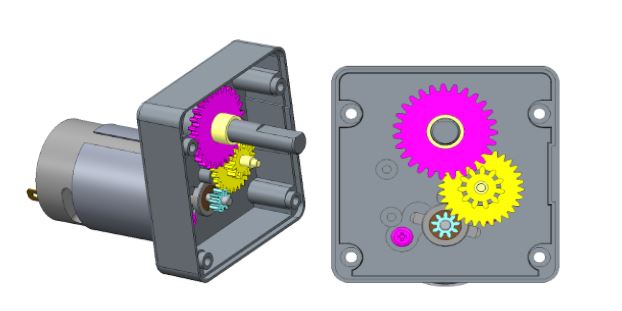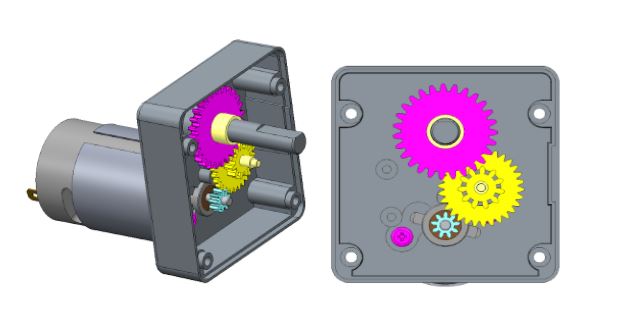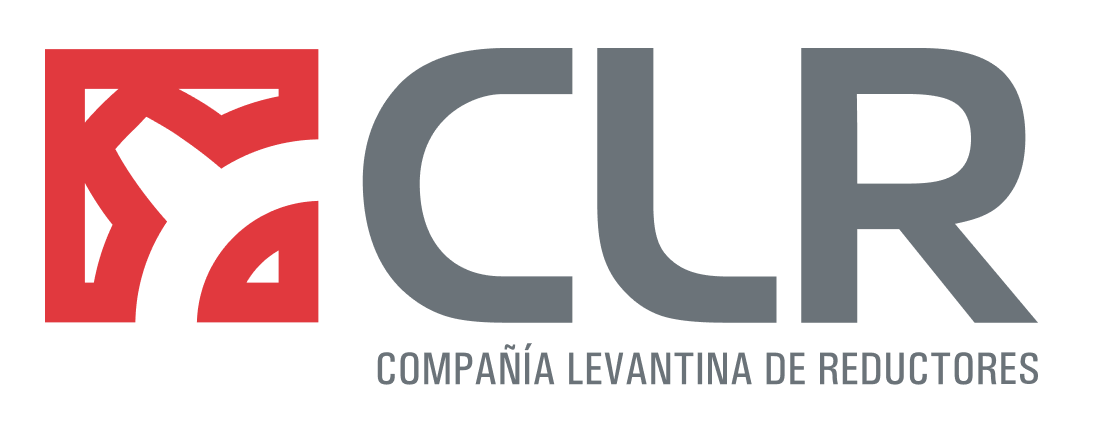
How to calculate the reduction ratio in your gear projects
En multitud de proyectos sobre mecanismos de control de movimiento, transmisiones mecánicas o electromecánicas, los engranajes se convierten en el componente imprescindible, por ello, para su óptimo funcionamiento, es imprescindible saber calcular la relación de reducción.
In a multitude of projects on motion control mechanisms, mechanical or electromechanical transmissions, the gears they become the essential component, therefore, for their optimal functioning, it is essential to know calculate the reduction ratio.Are you immersed in a project with gears, but you don't know how to calculate the Speed ratio of these? Don't miss this post, in it we are going to explain to you what this relationship consists of and what are the Formulas to calculate it. Let's do it! First of all, you should know that the reduction or transmission ratio consists of the ratio between the rotational speeds of two gears connected together, where one of them exerts force on the other. This relationship is due to the difference in diameters of the two wheels, which implies a difference between the rotational speeds of both axes, which can be verified by the concept of Angular velocity. In addition, the reduction ratio of a gearbox Describe the ratio between revolutions per minute (rpm) of the input shaft and the rpm of the output shaft, either to multiply torque, slow down, or both.
Formulas for calculating the reduction ratio
Before calculating the speed of reduction in the project, it is essential to be clear about the speed and output torque What if Do you want to get in the reducer and the speed and the input torque from which it starts. Once we know both figures, the formulas to proceed to their reckoning they would be:
I= Ws/ We = Ze/ Zs
i (Gear Ratio)
Ws (Output Speed)
We (Input Speed)
Ze (number of drivers' teeth)
Zs (number of teeth of those conducted).
Ms= Me * u/ i
Ms (Output Torque)
Me (Input pair)
u (Performance)
i (Gear Ratio)
The ratio is calculated by dividing the speeds or dividing the number of teeth on the drive wheels by the driven ones.
In the Torque calculations It's always supposed to be a yield, which will vary depending on the type of materials in the gears, the stages, lubrication, etc. So the more approximate the performance calculated to the real, the closer we are to the required data. In most cases, we usually ask for a Output speed, that is Calculate knowing the input And that depends on the Stages that the reducer has.This gear distribution is also linked to space that exists for the reducing, therefore, to find a gear distribution depends on many factors, such as available space, input data (motor to be used), the torque to be resisted by these gears (hence the size and thickness of the gears), etc. It is essential to take into account all these factors, since it will depend on the fact that the The final design of the reducer is as expected. For example, if you need a reducer to rotate a spring in vending machines, you'll need the maximum measures of the reducer (height, length and width), A pair of output (minimum force you must be able to exert to be able to move said spring and the object containing the vending machine lane) And a speed so that the product is not released, among many other requirements.Let's look at a practical example:

Motor sprocket (driver) (blue): Z9
Wheel (driven) (yellow): Z30
Sprocket (driver) (yellow): Z11
Drive gear (driven): Z27
i= 9*11/ 30*27= 0.12222
The reduction is the inverse of the transmission ratio.
Reduction= 1/i= 8.18
Assuming that the engine has about 7,000 r.p.m (revolutions per minute), with this transmission we can know the output speed:
I*we= Ws
Ws= 7,000 * 0.1222= 855 r.p.m
This means that when the output shaft turns 1 turn, the motor has made 855 revolutions.
El layout of said reducer will be the consequence of studying all the above points and Resolve issues Like how many gears to set to achieve that speed? Of what material? size? or what motor to use so that with the minimum number of gears you can achieve the required values? With all this information, we can do the study, an arduous and complex task, since its design depends on complying with a lot of parameters, so it is essential to have a trusted supplier May I accompany you in all stages of your project and help you find customized solutions, guaranteeing the highest quality.
We offer customized, tailor-made solutions. Configure with us the perfect gearmotor for your project.
¿Tienes un proyecto en mente?
We can manufacture your tailor-made solution, we accompany you at every stage of the project to offer the solution that best suits your application.
Do you have a project in mind?
We can manufacture your tailor-made solution, we accompany you at every stage of the project to offer the solution that best suits your application.








